Read our main research reports, organisational reports, Reconciliation News magazine, and other publications.
Search
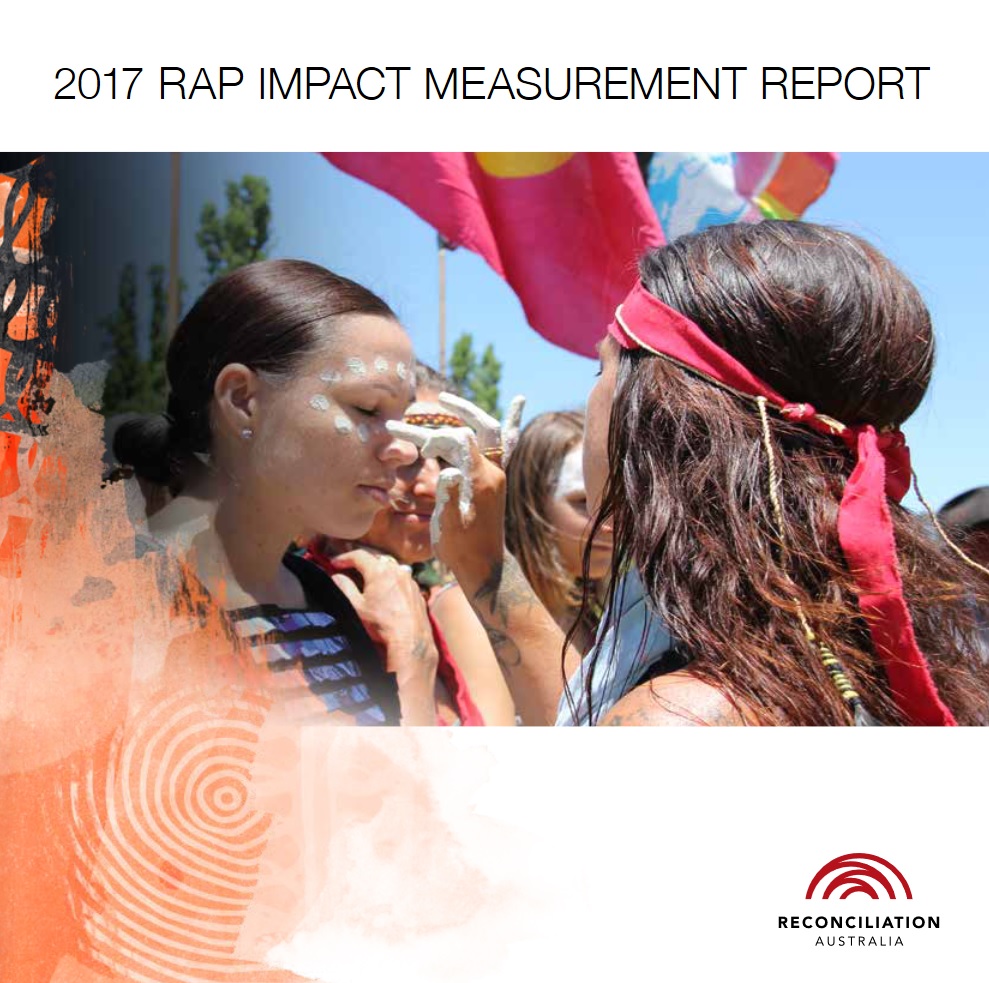
2017 RAP Impact Report
The RAP Impact Measurement Report highlights the achievements of the RAP community during the reporting period July 2016 – June 2017. This report documents the collective impact that RAPs are making towards achieving a reconciled Australia.
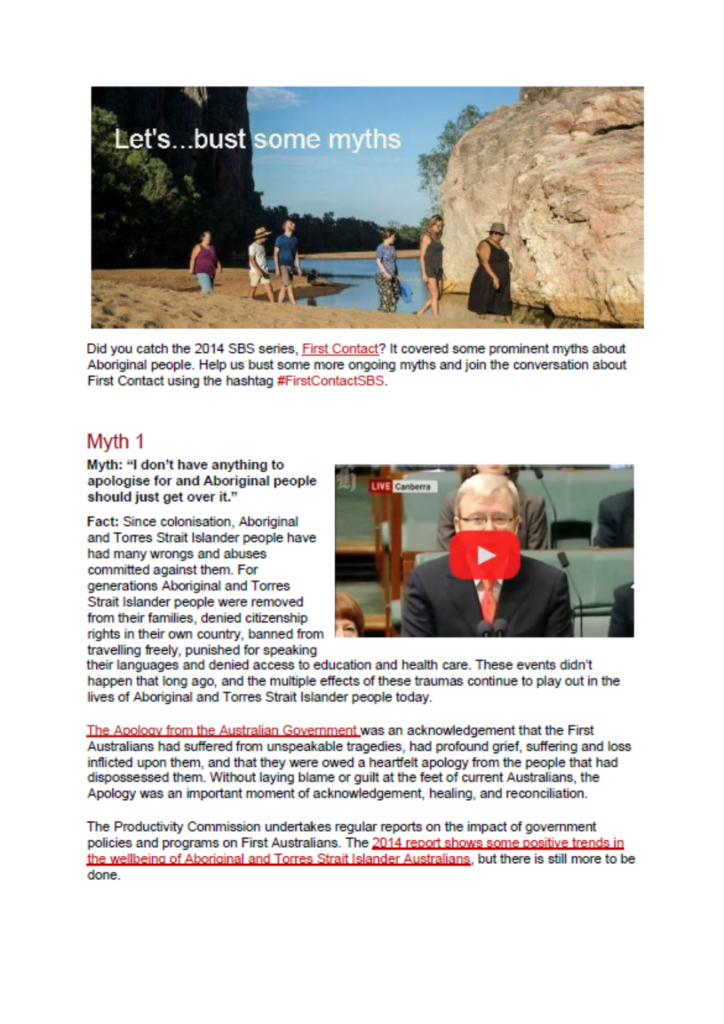
Let’s Talk…Mythbusting
There are some prominent myths about Aboriginal and Torres Strait Islander peoples that fuel ignorance in the wider community - join the conversation and help us bust these myths.
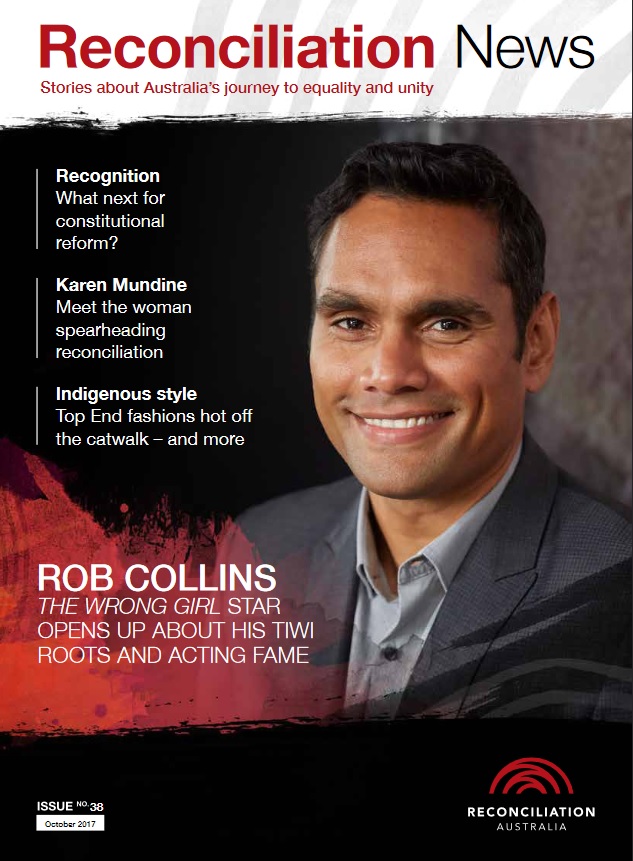
Reconciliation News October 2017
The October 2017 issue of Reconciliation News discusses the journey to constitutional recognition and considers the arguments as to why 26 January is not an appropriate date to celebrate.
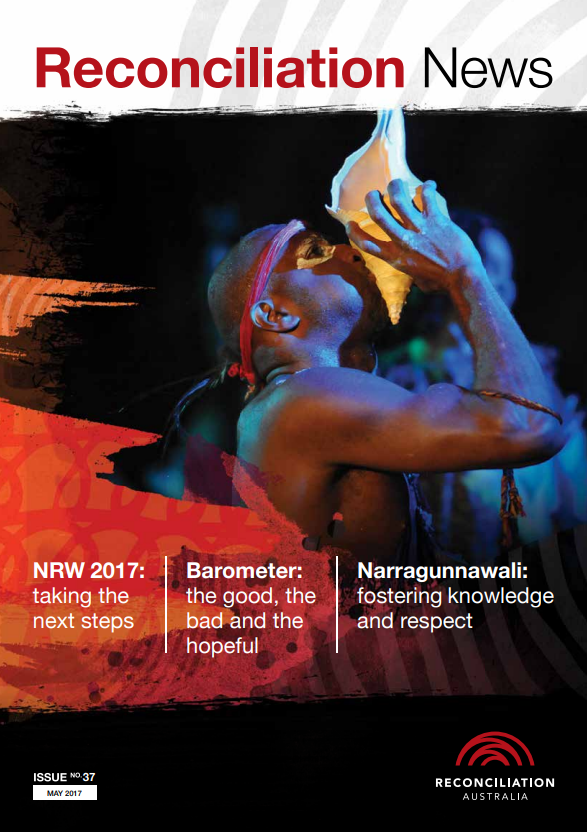
Reconciliation News May 2017
This edition focusses on National Reconciliation Week 2017 (NRW), as well as our Narragunnawali: Reconciliation in Schools and Early Learning program, and shares data from the recently measured Reconciliation Action Plan program.
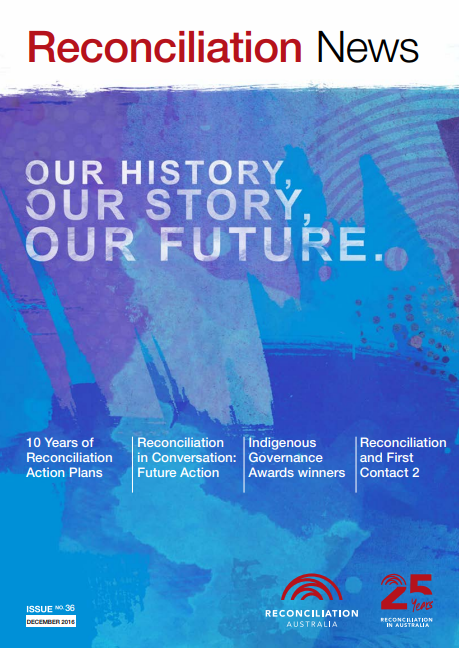
Reconciliation News December 2016
The theme for this year’s National Reconciliation Week was Our History, Our Story, Our Future; this year marked 25 years of formal Reconciliation in Australia and we commemorated this by reflecting on the progress we have made in this journey.
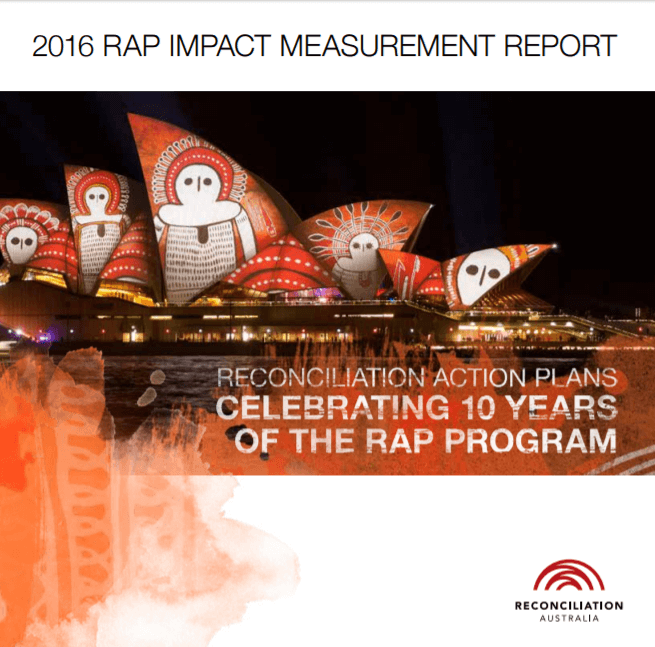
2016 RAP Impact Report
The 2016 RAP Impact Report report presents the impact of Reconciliation Australia’s Reconciliation Action Plan (RAP) program for the reporting period July 2015—June 2016. 2016 marks the tenth year of the program. For this report, we captured data from 343 RAP organisations.



